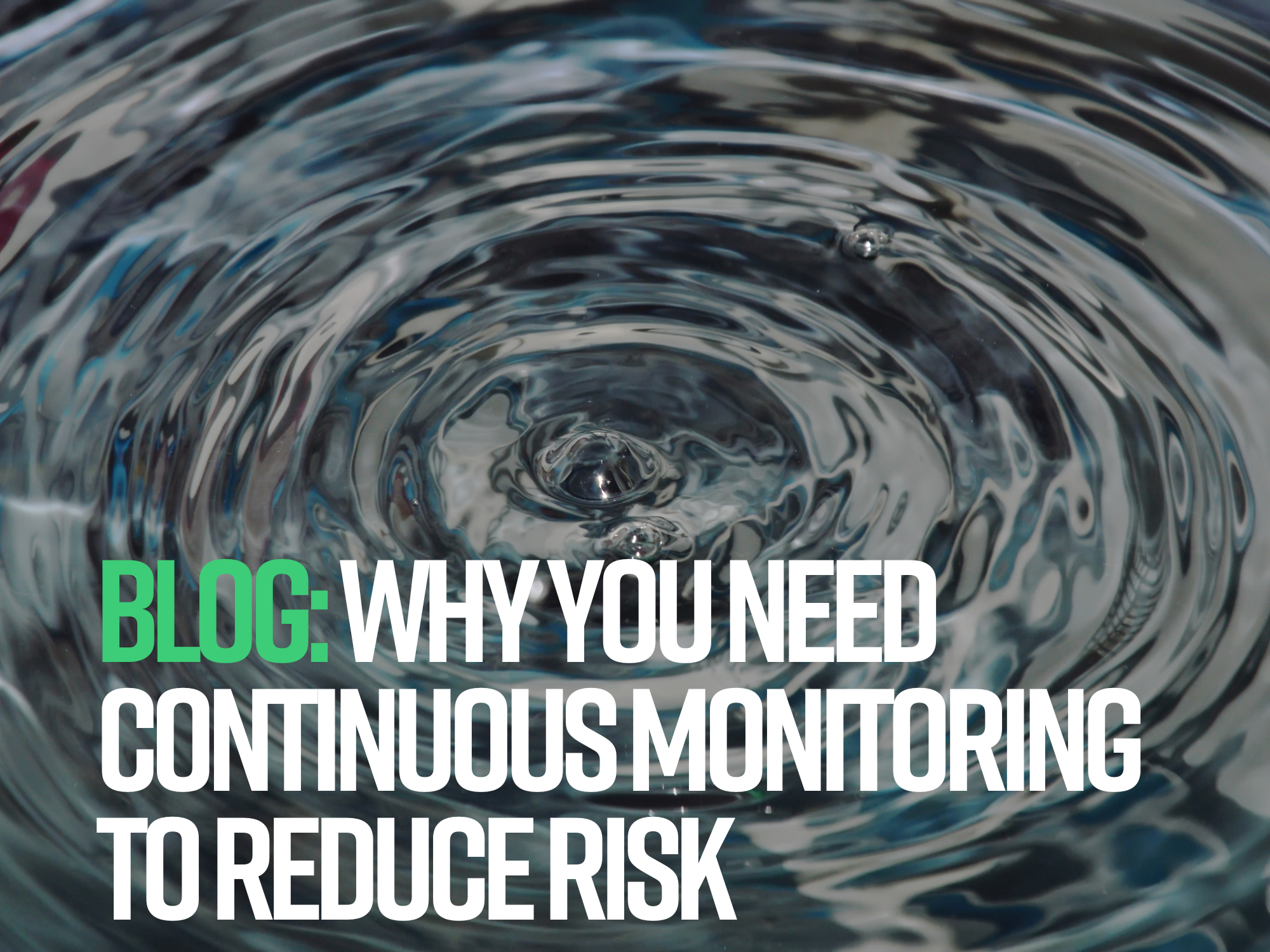Why You Need Continuous Monitoring To Reduce Risk
Written by: Emily Conlin
Traditional approaches to risk reduction and third-party risk management (TPRM) are no longer cutting it. These static and rigid strategies fail to provide security teams and organizations with the flexibility they need to address constantly shifting challenges in the threat landscape. As a result, a lot of companies are actually incurring more risk instead of mitigating it.
The root of this major problem lies in a misunderstanding of what security strategies can actually effectively reduce risk — namely around continuous monitoring. Most organizations aren’t implementing methods of continuous monitoring, even if they think they are. Yet, many existing “continuous monitoring” programs only offer static snapshots of risks instead of providing the continuous insights they promise.
In reality, rigidity is the antithesis of continuous monitoring. NIST defines continuous monitoring as:
“Maintaining ongoing awareness of information security, vulnerabilities, and threats to support organizational risk management decisions.”
Organizations should interpret NIST’s definition as a call to bring greater flexibility and agility to the way they implement continuous monitoring strategies — which is the real key to reducing risk.
Thesis: When approached correctly, continuous monitoring enables organizations with the agility they need to address growing risks before they become serious problems. Security teams can identify when continuous monitoring strategies will actually be effective because they will provide the context, focus, and proactivity that risk reduction programs need to stay ahead of threats.
Context: Continuous Monitoring Helps Define Risk
With an approach to risk management that includes continuous monitoring, organizations can get context into what risk events with certain vendors matter and why. Then, they pinpoint and focus on critical components in their supply chains that might’ve otherwise fallen through the cracks.
Too often, organizations identify high-impact vendors strictly by their security score or letter grade. Unfortunately, the problem with relying on scores alone is that they reflect a highly subjective and curated view of risk instead of painting the entire picture. Consider the 2023 Okta breach, in which malicious hackers were able to access data on all Okta customers. A quick search will show that Okta frequently receives the much higher end of security ratings and scores, and yet, it still became vulnerable to an attack and compromised thousands of other companies in its cyber ecosystem.
Continuous monitoring helps organizations see past subjective scores and enables security professionals to clearly define what risk means for them. Security teams can identify high-impact vendors or services (like Okta) and establish methods of continuous monitoring to keep tabs on where they’re most vulnerable. This, in turn, helps organizations better understand where they’re vulnerable and why — all while collecting the risk data they need to make critical decisions.
Focus: Continuous Monitoring Enhances Data Collection and Analysis via Automation
Today’s threat landscape can easily inundate organizations with a sea of data, much of which might have little to nothing to do with their organization’s security goals, concerns, or risk appetites. There are simply too many vendors, applications, employees, and data points — all rapidly changing — connected in each cyber ecosystem to manually scan and vet every insight for relevance.
When security teams implement automated continuous monitoring, however, it has the power to drastically streamline (and therefore enhance) data collection and analysis processes.
For example, organizations can build out their continuous monitoring processes with specific controls that apply to the factors that apply to their risk appetites. When continuous monitoring leverages these controls alongside automation, it can save teams considerable amounts of time, resources, and money that would otherwise be spent on sifting through mountains of irrelevant data. This provides security professionals with the focus they need to get insights fast and make the critical decisions that reduce risk without wasting any time.
The Benefits of Continuous Monitoring & How It Supports Security Improvement
A huge reason why current approaches to cybersecurity and third-party risk management (TPRM) are failing is due to a cultural lack of flexibility. When security teams adhere to strict or rigid security policies and strategies, they end up counterintuitively opening themselves up to more risk.
These more traditional approaches to threat monitoring are also typically done with periodic security assessments, which occur at spaced-out intervals. They’re inherently less flexible and unadaptable to quick shifts in the threat landscape, making them a reactive approach to cybersecurity.
Continuous monitoring makes it easier for teams to flag and mitigate significant risks before those risks impact their organization. This also frees teams from the mindset of scrambling to mitigate risks reactively. When security professionals have greater access to time and resources, they can take more strategic looks at their TPRM programs and continuously improve them.
As such, continuous monitoring makes security strategies more proactive overall as they operate with real-time observation of an organization’s entire network, applications, and systems to detect and respond to potential security threats before they become a problem.
Continuous Monitoring Makes Risk Reduction Easy
With continuous monitoring in place, security teams can rest easier knowing that their security programs have the context they need to gain real risk intelligence, operate with the focus that reduces unnecessary resource strain and costs, and proactively respond to threats before they become a massive issue.
Learn more about the benefits of continuous monitoring and how it’s essential to any risk program worth its salt in our latest webinar featuring Black Kite security experts Jeffrey Wheatman and Bob Maley.
Take our platform for a test drive and request a demo today.

